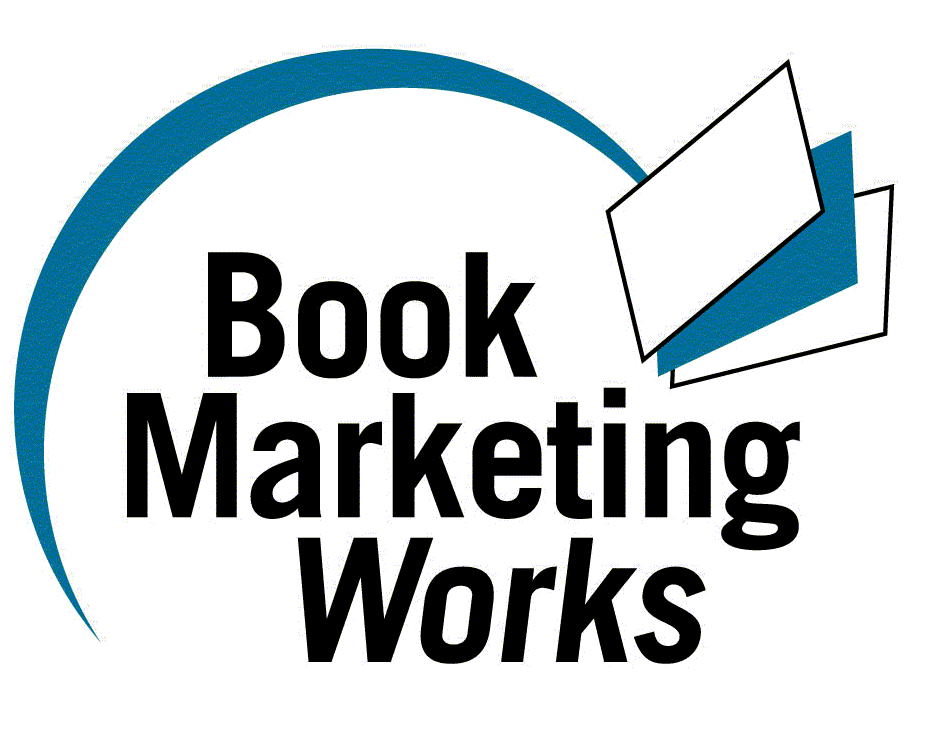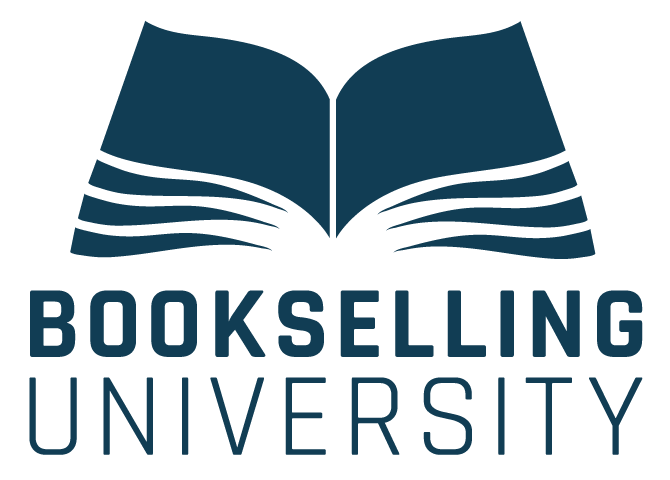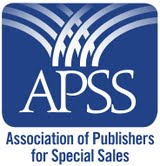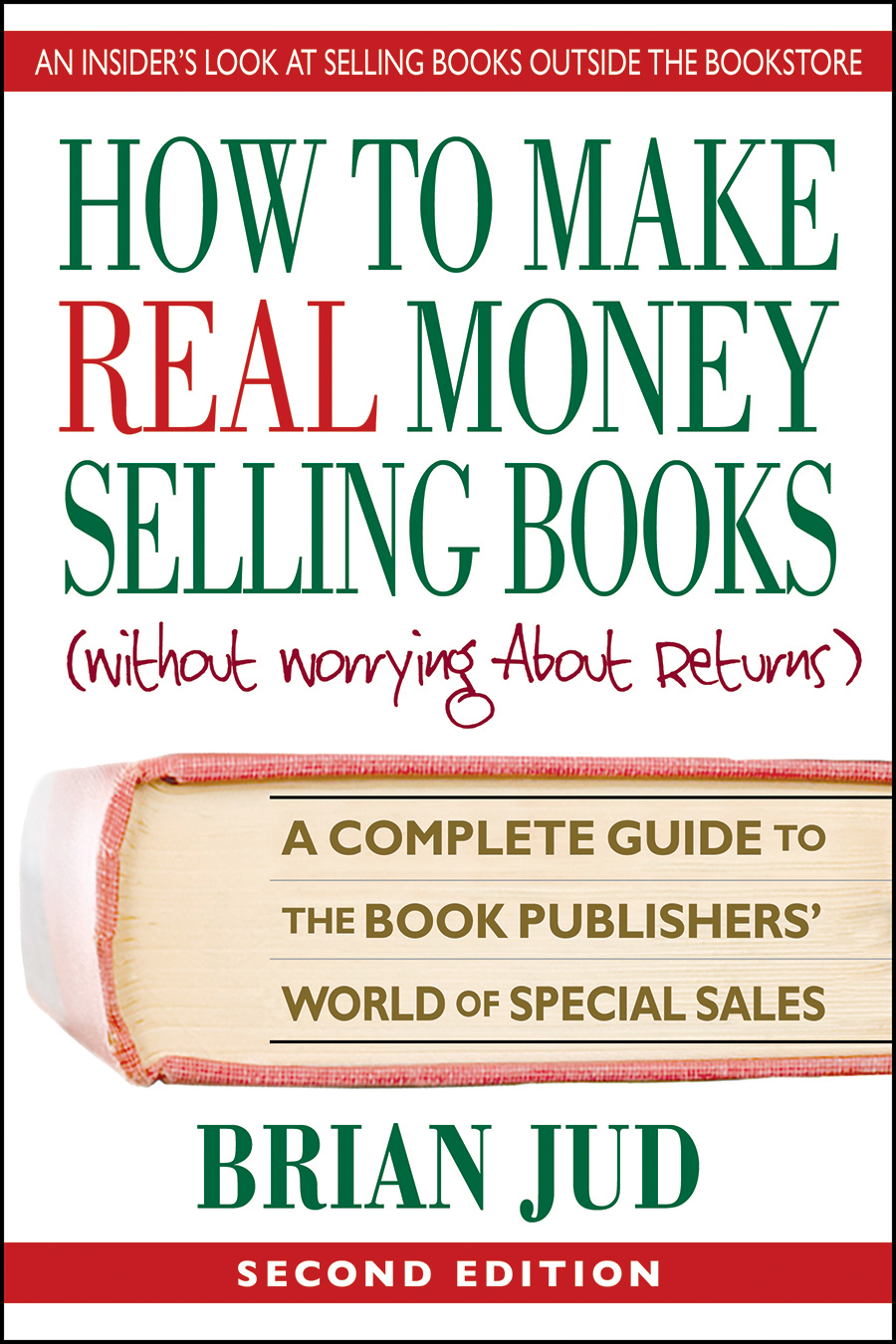|
The Buck Starts Here By Brian Jud Marketing decision-making is not performed in a vacuum. The choice to adjust one part of your marketing mix influences the other marketing functions. Your profitability is determined by your ability to plan and control the interaction among the four elements of marketing strategy: the product and its price, distribution and promotion. The impact of marketing decisions on your profitability is demonstrated in the charts below. The first one shows the net revenue for a title priced at $14.95 with 1000 books published and sold through a distributor charging a fee of 65% of sales. The net profit is determined by deducting the Cost of Good Sold (COGS) -- in this case it is $4500 for editing, cover design, layout and printing -- and the distribution discount from the total revenue. Subsequently, if all your books were sold you would net $732.
How would your profitability be affected by a change in distribution? The chart below shows the increase in net revenue if you sold these same books (with a promotional offer of 20% off) directly to commercial-sales markets. Commercial sales include those to corporations, associations and foundations that buy books for use as premiums, incentives, sales promotions or for educational purposes. If this were the case, you could make ten times the net revenue, or $7460.
There is also a way to combine traditional and direct distribution and optimize (vs. maximize) your profitability. With dual distribution you could sell some books through bookstores and some directly. The chart below demonstrates that your net revenue would be less than a direct system, but this may better suit your budget and time constraints.
This analysis seems to point out the most profitable distribution strategy. However, there is more to this than meets the eye. The information below demonstrates how this decision impacts all the marketing elements and subsequently your profitability. A change in distribution requires adjustments to your product development, pricing and promotional strategies in order to maximize your profitability. Product If you sell your books to commercial-sales markets, several new options present themselves. A perfect-bound book with a wide spine (as preferred by bookstore buyers) may no longer be required. Now, a spiral-bound or comb-bound book may be more suitable to your customersí needs. Pricing If you decide to utilize direct distribution, other pricing alternatives become available. For instance, you could lower your price. Without having to consider a 65% distribution fee, your profits might actually increase. But donít forget that now you will be responsible for conducting all the activities your distributor once did Ė such as carrying inventory, shipping, handling returns and billing. You may need to maintain the higher price to cover these costs. Promotion Promotion is divided into four general categories: publicity, advertising, sales promotion and personal selling. The distribution, product and pricing choices you have made up to this point effect the emphasis you place upon each promotional tactic. Your traditional distribution through a distributor and/or wholesaler required at least a partial push strategy. That approach supported your distributorís sales efforts, perhaps providing them with sales-promotional devices such as bookmarks, sales literature and additional covers. With a direct-distribution strategy you may have to perform direct-selling activities, send direct-mail letters or conduct niche-advertising campaigns. These techniques demonstrate a pull strategy that is directed to the ultimate consumer -- and that requires more of your time and money. Product and pricing decisions also determine the text of your promotional copy. If you eliminate certain physical elements that are common to your competition, and you still charge a similar price, then your headline and copy must demonstrate superior value to the readers, i.e., why they will still be better off buying and reading your book than competitive titles. The point of all this is that marketing decision-making rarely occurs in isolation. A change in one of the four elements of your marketing mix causes a ripple effect that influences each of the others. The impact of the combined changes shapes your net profit either positively or negatively. You will be more likely to optimize your profitability if you consider how changes in your distribution, pricing, product development and/or promotion strategy affect the others, and then plan to use such interaction to increase your profits. Brian Jud is an author, speaker, seminar leader, book-marketing consultant and creator of the Market-Mappingä System for special sales. Contact Brian at P. O. Box 715, Avon, CT 06001; (866) 788-5334; fax (860) 276-2453; info@strongbooks.com or visit http://www.strongbooks.com
|
Check out these testimonials...





